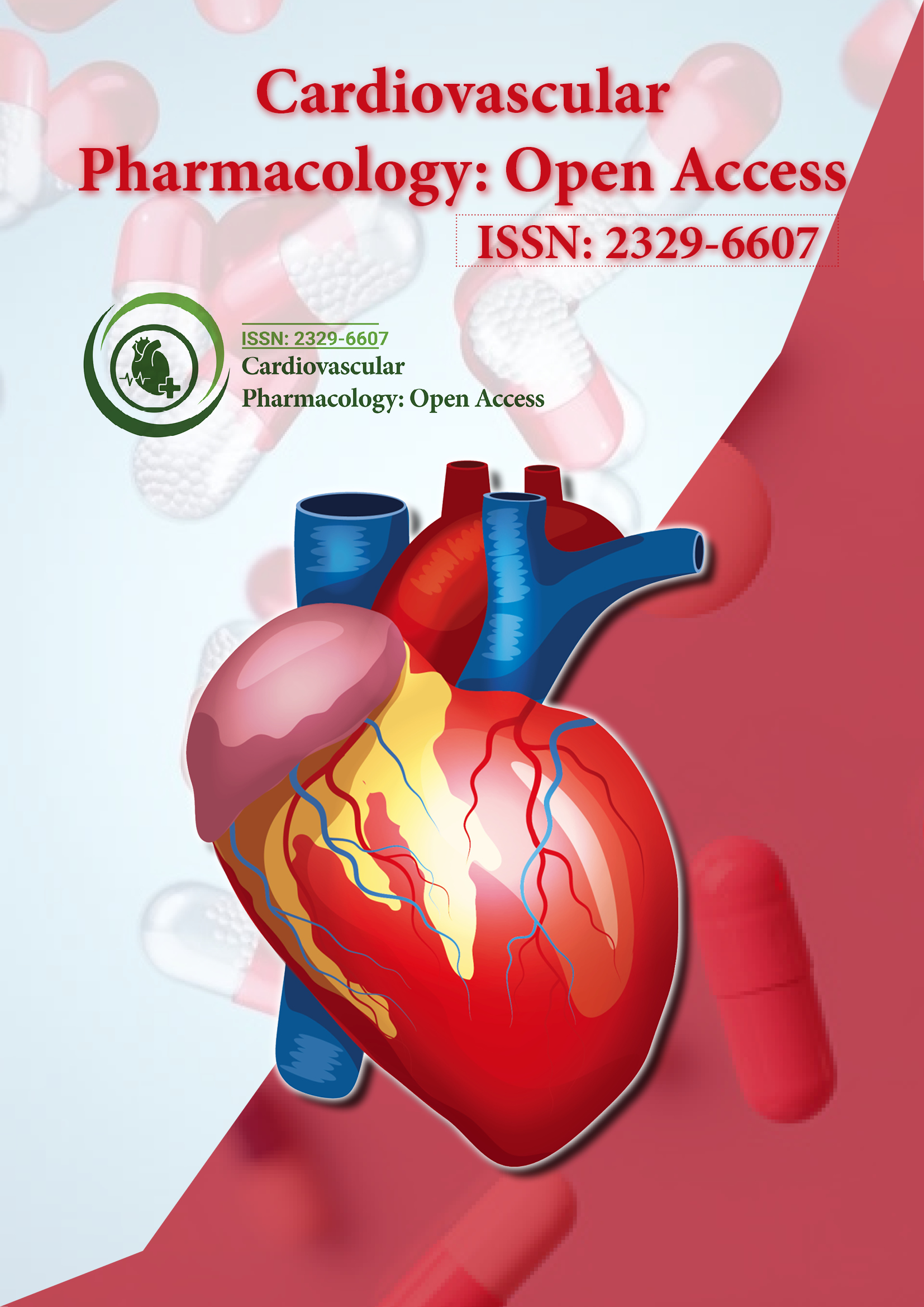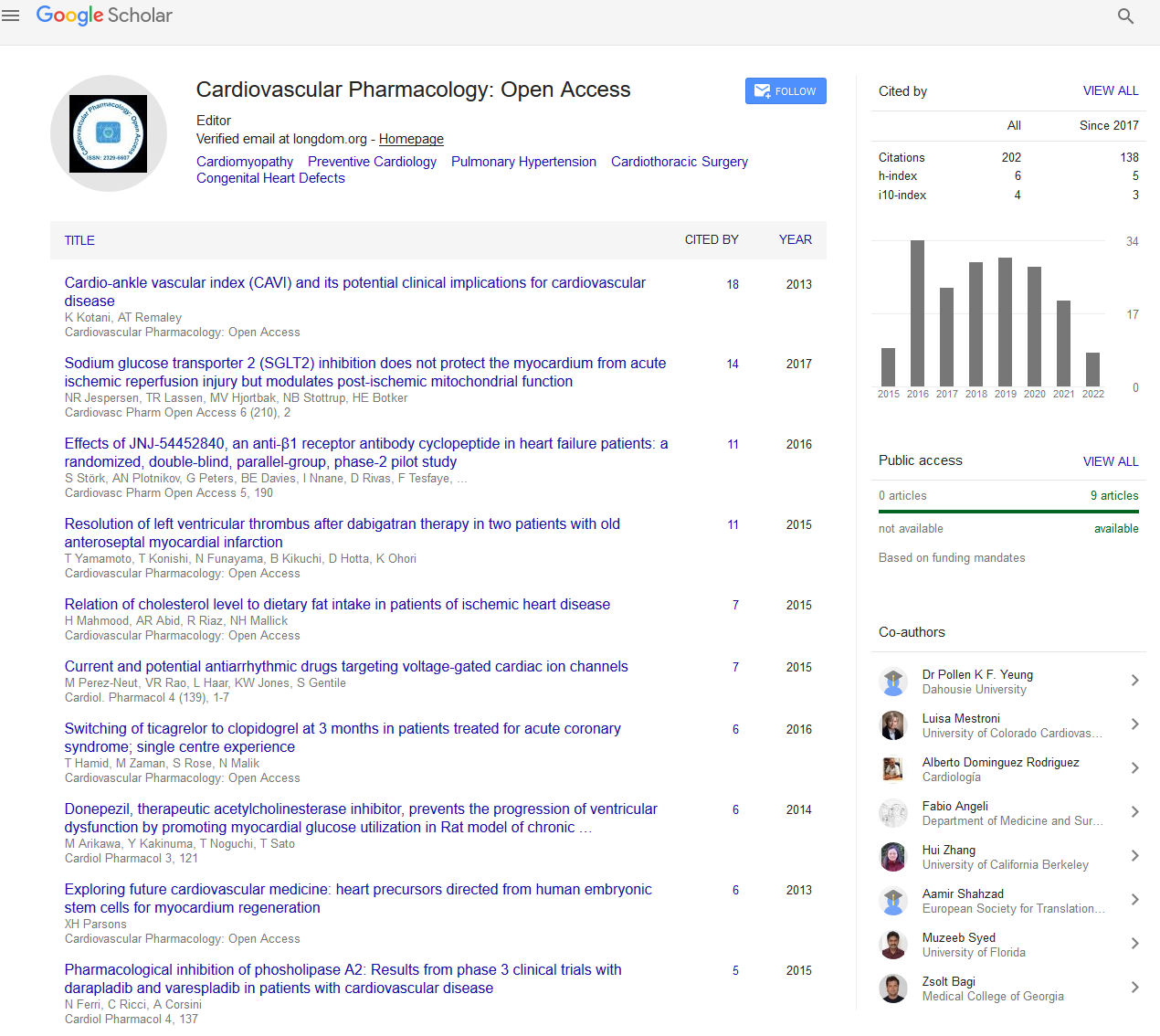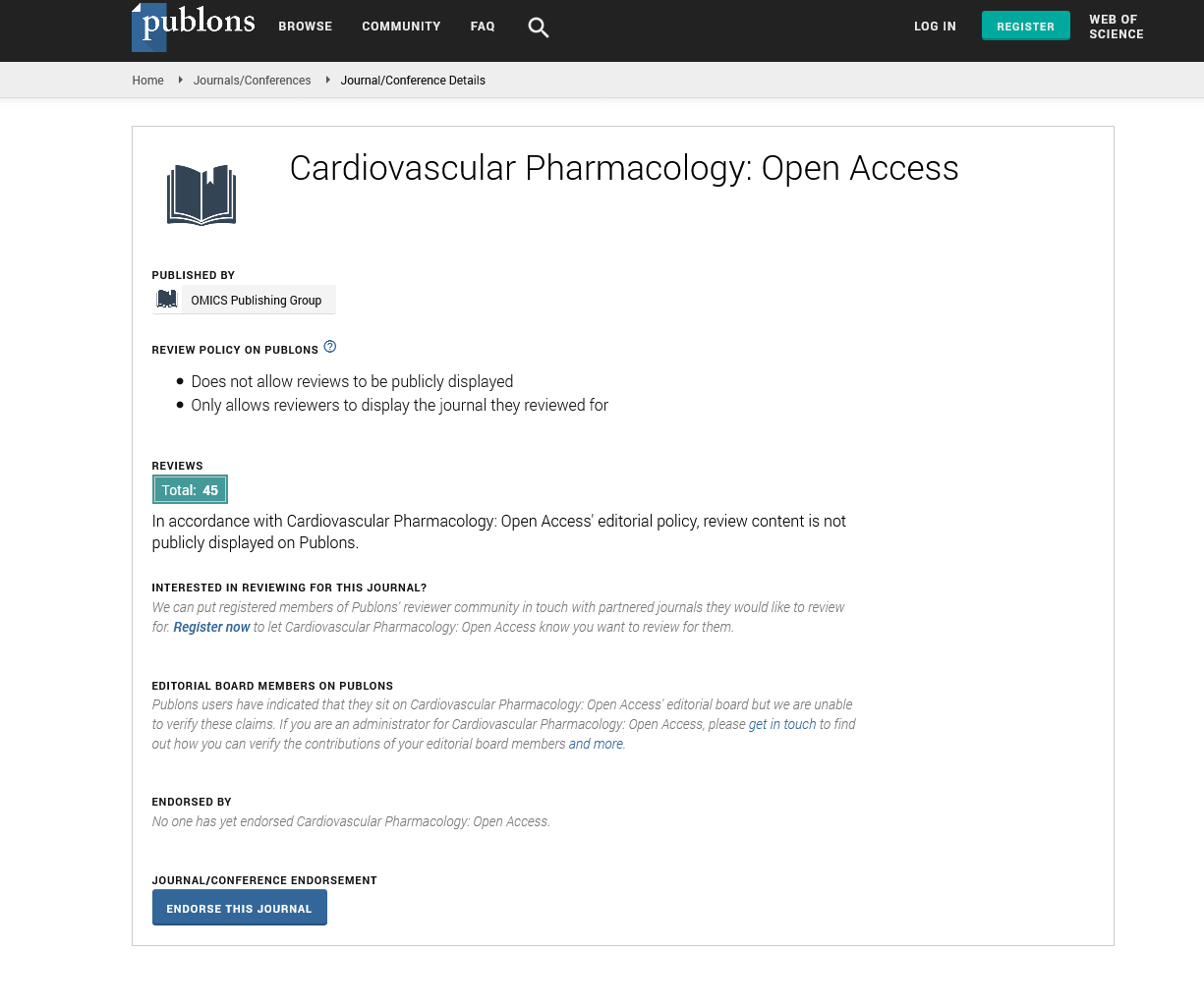Indexed In
- Open J Gate
- Cosmos IF
- RefSeek
- Hamdard University
- EBSCO A-Z
- OCLC- WorldCat
- Publons
- Geneva Foundation for Medical Education and Research
- Euro Pub
- Google Scholar
Useful Links
Share This Page
Journal Flyer

Open Access Journals
- Agri and Aquaculture
- Biochemistry
- Bioinformatics & Systems Biology
- Business & Management
- Chemistry
- Clinical Sciences
- Engineering
- Food & Nutrition
- General Science
- Genetics & Molecular Biology
- Immunology & Microbiology
- Medical Sciences
- Neuroscience & Psychology
- Nursing & Health Care
- Pharmaceutical Sciences
Cardio Risk Net: A Hybrid AI-Based Model for Explainable Risk Predic tion and Prognosis in Cardiovascular Disease
5th International Conference on Cardiology and Heart Diseases
Feb 27-28, 2025 | Paris, France
Ahmed R Elnaggar
New Mansoura University, Egypt
Scientific Tracks Abstracts: Cardiovasc Pharm
Abstract:
The global prevalence of cardiovascular diseases (CVDs) as a leading cause of death highlights the imperative need for re fined risk assessment and prognostication methods. The traditional approaches, including the Framingham Risk Score, blood tests, imaging techniques, and clinical assessments, although widely utilized, are hindered by limitations such as a lack of precision, the reliance on static risk variables, and the inability to adapt to new patient data, thereby necessitating the exploration of alternative strategies. In response, this study introduces CardioRiskNet, a hybrid AI-based model designed to transcend these limitations. The proposed CardioRiskNet consists of seven parts: data preprocessing, feature selection and encoding, eXplainable AI (XAI) integration, active learning, attention mechanisms, risk prediction and prognosis, evaluation and validation, and deployment and integration. At first, the patient data are preprocessed by cleaning the data, handling the missing values, applying a normalization process, and extracting the features. Next, the most informative features are select ed and the categorical variables are converted into a numerical form. Distinctively, CardioRiskNet employs active learning to iteratively select informative samples, enhancing its learning efficacy, while its attention mechanism dynamically focuses on the relevant features for precise risk prediction. Additionally, the integration of XAI facilitates interpretability and transpar ency in the decision-making processes. According to the experimental results, CardioRiskNet demonstrates superior perfor mance in terms of accuracy, sensitivity, specificity, and F1-Score, with values of 98.7%, 98.7%, 99%, and 98.7%, respectively. These findings show that CardioRiskNet can accurately assess and prognosticate the CVD risk, demonstrating the power of active learning and AI to surpass the conventional methods. Thus, CardioRiskNet‚??s novel approach and high performance advance the management of CVDs and provide healthcare professionals a powerful tool for patient care.
Biography :
Ahmed R. Elnaggar is a dedicated academic and researcher affiliated with New Mansoura University, Egypt. With a strong background in medical and clinical sciences, he actively contributes to both teaching and research in his field. His work focuses on advancing healthcare practices through innovative research and academic collaboration. At New Mansoura Uni versity, he plays a pivotal role in fostering scientific inquiry and guiding students and peers alike toward excellence in their medical careers. His commitment to academic growth and community health makes him a valuable member of the university and the broader scientific community.


